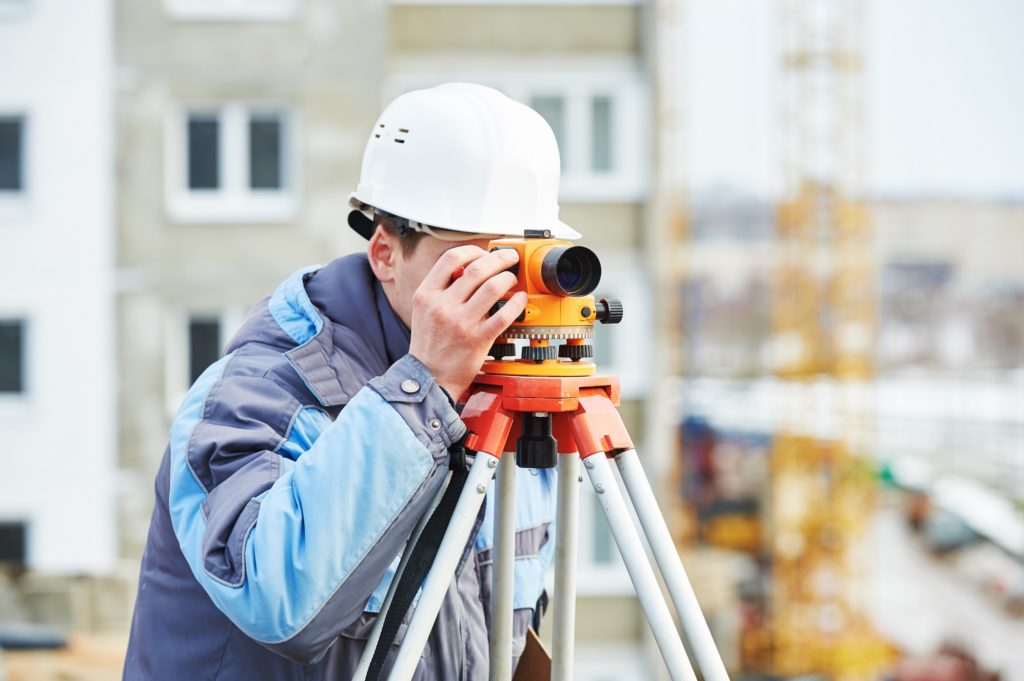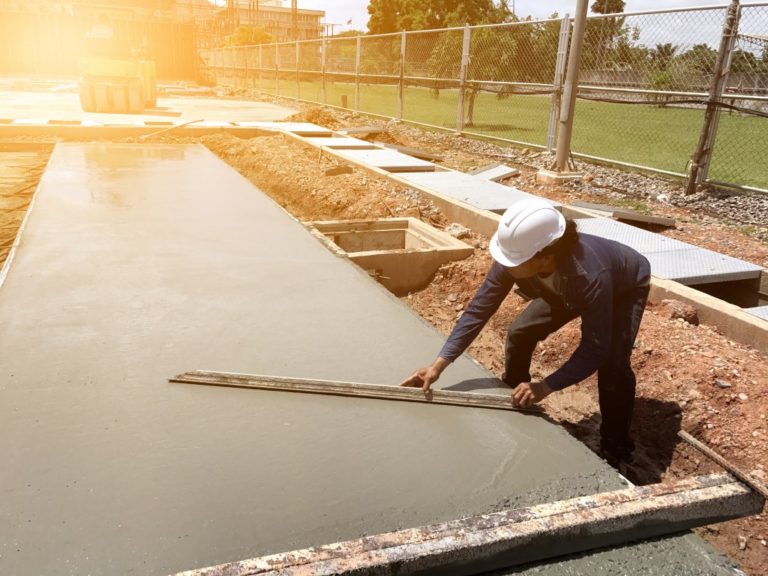Sitting down in your office desk bored will start to make you think that you have the worst job in the world. However, you will find that you have the luxury of safety inside those walls. Some jobs force workers to put their lives at risk to earn a living. There are also a few posts that are not for the fainthearted because of its hazards.
Despite the unsafe environments, those jobs are necessities to society. People need to acknowledge the brave people working there are sacrificing themselves to make sure that society continues to progress. You have to look out for your safety if you are choosing a career path in a risky field. If you are working in one of these dangerous environments, you will have to be aware of your safety.
Oil Rigs
Working on an oil rig will put a lot of people to the limit. The job demands a lot of stress from its workers, both in the physical and mental state. Oil platforms settled offshore require workers to be alert and working at all times, which means that they have very little sleep for most of their time. Because of its oil collection, rigs are fire and explosion zones. Oil rigs are also on platforms stationed at seas. The isolation can add to the stress, especially if you like spending time with your family and friends. However, oil is an asset to the world, which makes the job a valuable one.
Forests
Logging is one of the deadliest jobs in the world. Loggers work with a lot of dangerous tools, like axes and chainsaws. Improper use of the equipment will result in minor injuries like cuts and splinters. However, there are those unfortunate enough to suffer from amputation or death. Logging also puts loggers at risk when trees fall in the direction of the workers. However, lumberjacks provide materials for construction, making it an essential job. Wildlife photographers are also putting themselves at risk for their jobs. Dangerous predators wandering the forest are natural threats, but the profession allows us to know more about the animals in their natural habitat.

Steel Factories
These remain dangerous work areas despite companies’ efforts to create safety rules and regulations. The solid material needs to undergo a lot of processes that involve heating and melting. If you are not careful, you will find yourself getting hurt. Improper use of power tools is also a risk. The task requires the use of machines, which can end up being faulty and become a risk to the workers’ lives. Fortunately, safety equipment suppliers can help provide workers with gear to keep themselves protected.
Mining Sites
These pose a threat to the workers because they will be exposing themselves to a lot of unknown substances. The materials they are trying to get have toxic and hazardous properties, making it an unsafe environment for miners. The air around the caves can also make workers suffer from respiratory problems. Methane gas and carbon dioxide will fill the lungs of the miners, putting them in grave danger. Cave-ins are also a threat because of the unstable environment.
Construction Sites
A lot of businesses rely on construction companies to create establishments like commercial buildings and residential homes. Almost all the construction areas are dangerous. Roofing experts find themselves at great heights, which is a falling hazard. While there are a lot of safety rules and regulations for construction sites, they remain prone to work hazards and accidents. Human error also plays a role in making the area a dangerous workplace. Workers will sustain injuries from improper use of tools and faulty equipment. However, the job is essential for both residential and commercial purposes. There will not be any establishments without the construction workers.
Despite the five workplace environments’ safety hazards, they remain essential jobs in our society. However, the health and safety of the workers must always come first. If you are going down the dangerous career path, you need to equip yourself with knowledge and safety awareness.




